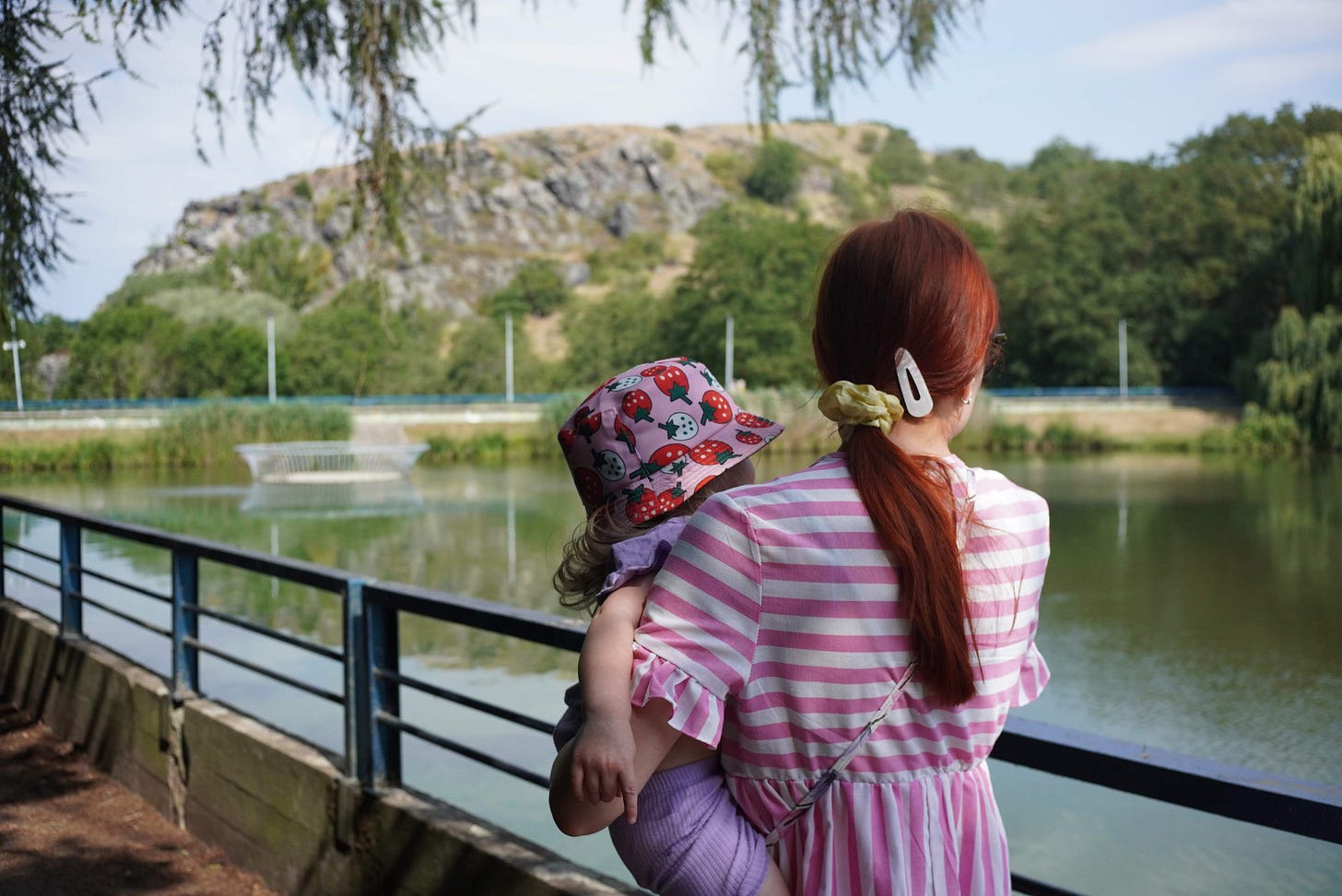How to Disarm Counterwill
A simple script to reduce resistance in minutes without bribes.
In the previous post we saw why kids push back the second they feel controlled. This one shows what to do instead. We will look at why “red or blue blocks?” can still spark resistance, how attachment authority works, and why validating the magnitude of a feeling calms a storm faster than “You are mad.”
Why does a tiny request, like asking a 4-year-old to put away two blocks, turn into a 20-minute standoff? Even the gentle script, “Do you want to clean up the red blocks or the blue ones?”, can blow up. The sticking point is rarely the sentence. It is the intention humming beneath it.
Counterwill is that automatic pushback that flips on the moment a child feels managed or cornered. Guidance starts to work only after the adult connects first and leads from the relationship. Skipping punishment is good but not the finish line. When we swap obvious force for polished tactics built to secure obedience, we slide into conditional parenting and kids smell it a mile away.
Claim: Coaching that sounds like “autonomy support” can still spark resistance if the outcome is already fixed in the parent’s mind. Counterclaim: Real cooperation grows when the adult offers steady, unconditional acceptance and builds an earned attachment hierarchy that outranks outside noise.
Coercion Disguised as Choice
Rejecting control is not semantics. Alfie Kohn argues that moving from “doing to” kids toward “working with” them honors their humanity and nurtures self-determination. The catch, he says, is that external motivators sit on the same spectrum: stickers, praise for performance, time-outs, threats. If the goal is to manage behavior rather than develop a person, it still lands as conditional acceptance.
Give a choice with “My will must win” running in the background and most kids will sniff out the pressure. That is when counterwill fires. The real power to lead comes from attachment that feels safe. That safety lowers the guard so a child can follow without giving up their selfhood. The aim is a sovereign child who can govern the self, not a compliant child who reads our cues and performs.
Earned attachment hierarchy
Earned attachment hierarchy means the adult leads through warmth, reliability, and care routines that make a child feel protected. Limits are steady, reunions are warm, and the invitation to connect stays open. Over time the child trusts that relationship more than peer pressure or the algorithm of the day, so guidance carries weight without tricks.
The “Two Things Are True” Move
Tackle the feeling before the action you need. Becky Kennedy’s (“Good Inside”) frame is useful here. Two things are true at once. We hold the boundary and we validate the storm that follows. Parents are often told to name the feeling (“You are so mad” or “You feel sad”). That can help in regular moments. In big tantrums, validating the magnitude of the feeling is much more effective. Naming the bigness sounds like, “You want those crayons . . . You want them SO big . . . as big as this room! Or no . . . as big as this whole house! What? Oh wow. As big as this whole neighborhood!” It takes a chaotic swirl and gives it shape. Feeling seen calms the body enough to think again.
Daniel Siegel and Tina Payne Bryson (“No-Drama Discipline”) describe this as connect before you redirect. Get close. Use your face, your voice, your presence. Name what you notice and honor how big it feels. That stance says, I am with you, not against you. It meets the basic need to be heard, which lowers counterwill and opens the door to cooperation.
Learn how to raise a happy, helpful & confident child:
Ebook based on “Hunt, Gather, Parent” by Michaeleen Doucleff:
Hunt, Gather, Parent - A Visual Summary







